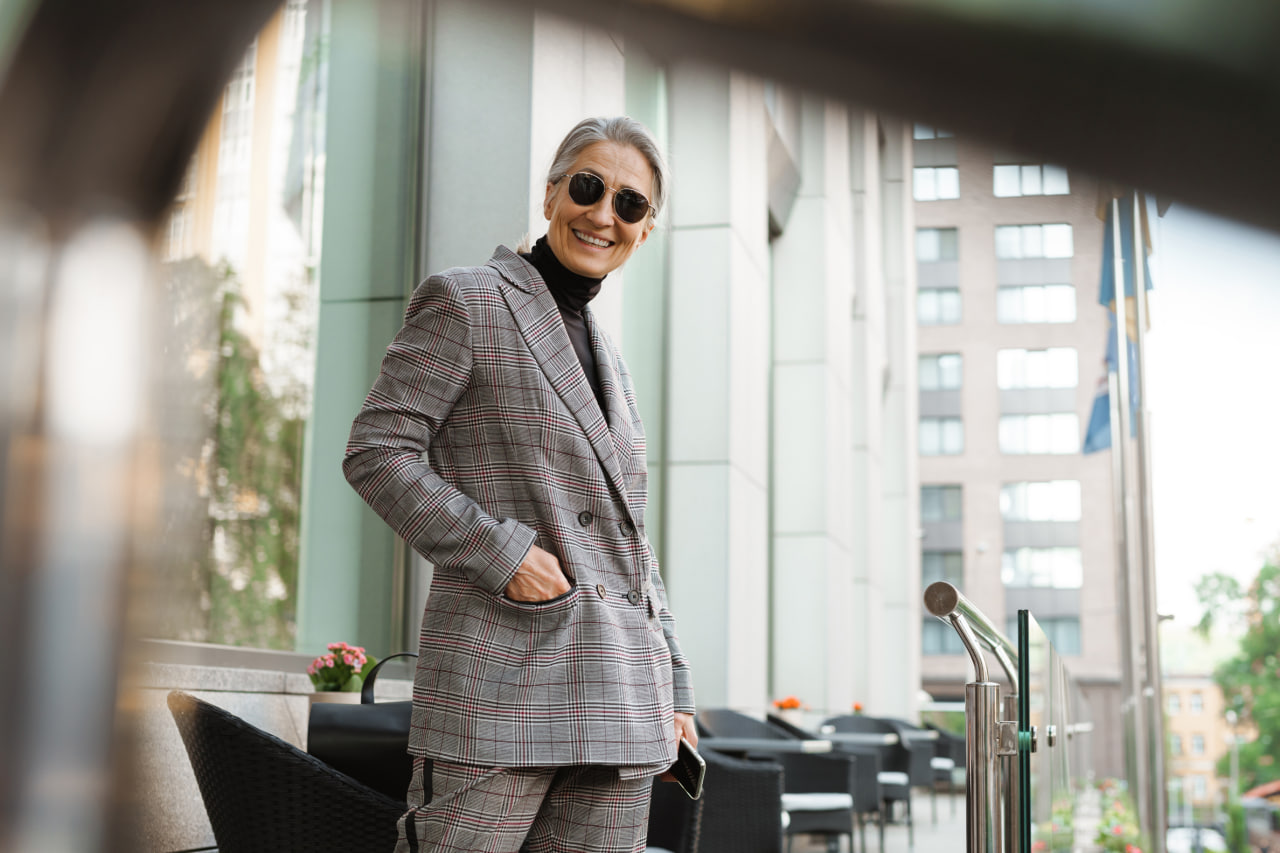Color Theory in Practice: Choosing Colors That Enhance Your Look
Color is one of the most powerful tools in personal styling. The right colors can complement your skin tone, highlight your features, enhance your mood, and express your personality. Understanding color theory allows you to make intentional choices that improve your overall appearance and project confidence. Applying these principles in practice ensures that your wardrobe and accessories work harmoniously, creating a polished and cohesive look.
Understanding Color Theory
Color theory is the study of how colors interact with each other and how they affect perception. It involves the color wheel, which organizes colors into primary, secondary, and tertiary categories, as well as concepts such as complementary, analogous, and triadic color schemes. For personal styling, color theory helps you identify combinations that are aesthetically pleasing and flattering for your natural coloring.
Determining Your Color Palette
The first step in applying color theory to personal style is identifying the colors that suit you best. This often involves determining your skin undertone, which can be warm, cool, or neutral.
- Warm Undertones: Gold jewelry, earthy hues, oranges, and warm reds complement warm undertones.
- Cool Undertones: Silver jewelry, blues, purples, and cool reds enhance cool undertones.
- Neutral Undertones: A balanced mix of warm and cool shades works well, allowing for versatile color choices.
Identifying your undertone ensures that the colors you wear enhance your natural features rather than overpower them.
Complementary Colors
Complementary colors are opposite each other on the color wheel and create strong visual contrast. Using complementary colors in your wardrobe can make your outfit stand out while maintaining balance. For example, pairing a deep blue blouse with an orange accessory draws attention and creates a visually engaging look. Complementary color combinations are ideal for creating bold, dynamic statements while keeping harmony in mind.
Analogous Colors
Analogous colors are next to each other on the color wheel, producing a harmonious and cohesive effect. For instance, combining shades of green, teal, and blue creates a serene and unified appearance. Using analogous colors in your outfit allows for smooth transitions and layered looks without creating visual tension, making it perfect for professional or understated elegance.
Neutral and Accent Colors
Neutrals such as black, white, gray, beige, and navy provide a foundation for your wardrobe, serving as the backdrop for brighter or more vibrant accent colors. Accents can be incorporated through accessories, shoes, scarves, or statement pieces. The balance between neutral and accent colors ensures versatility, allowing for a mix-and-match approach that enhances your style without overwhelming your overall look.
Seasonal Color Considerations
Colors also interact with seasonal changes in lighting and context. Warm, earthy tones often feel appropriate in fall and winter, while pastels and brighter shades resonate with spring and summer. Understanding the seasonal context of color can help you adapt your wardrobe throughout the year, keeping your style fresh and visually appealing.
Psychological Effects of Color
Colors influence perception and mood. Wearing certain hues can convey confidence, approachability, energy, or calmness. For instance:
- Red: Energizing, bold, and attention-grabbing.
- Blue: Calming, professional, and trustworthy.
- Yellow: Cheerful and optimistic.
- Black: Elegant, powerful, and sophisticated.
- White: Clean, fresh, and neutral.
Selecting colors intentionally allows you to communicate the right impression in social, professional, and personal contexts.
Practical Tips for Applying Color Theory
- Start with Neutrals: Build your wardrobe around versatile neutral pieces.
- Add Accent Colors: Use scarves, belts, shoes, or jewelry to introduce pops of color.
- Experiment with Combinations: Try complementary or analogous schemes to see what feels best.
- Consider Texture: Different fabrics reflect color differently, affecting how shades appear.
- Test in Natural Light: Colors look different under artificial light, so assess them in daylight for accuracy.

